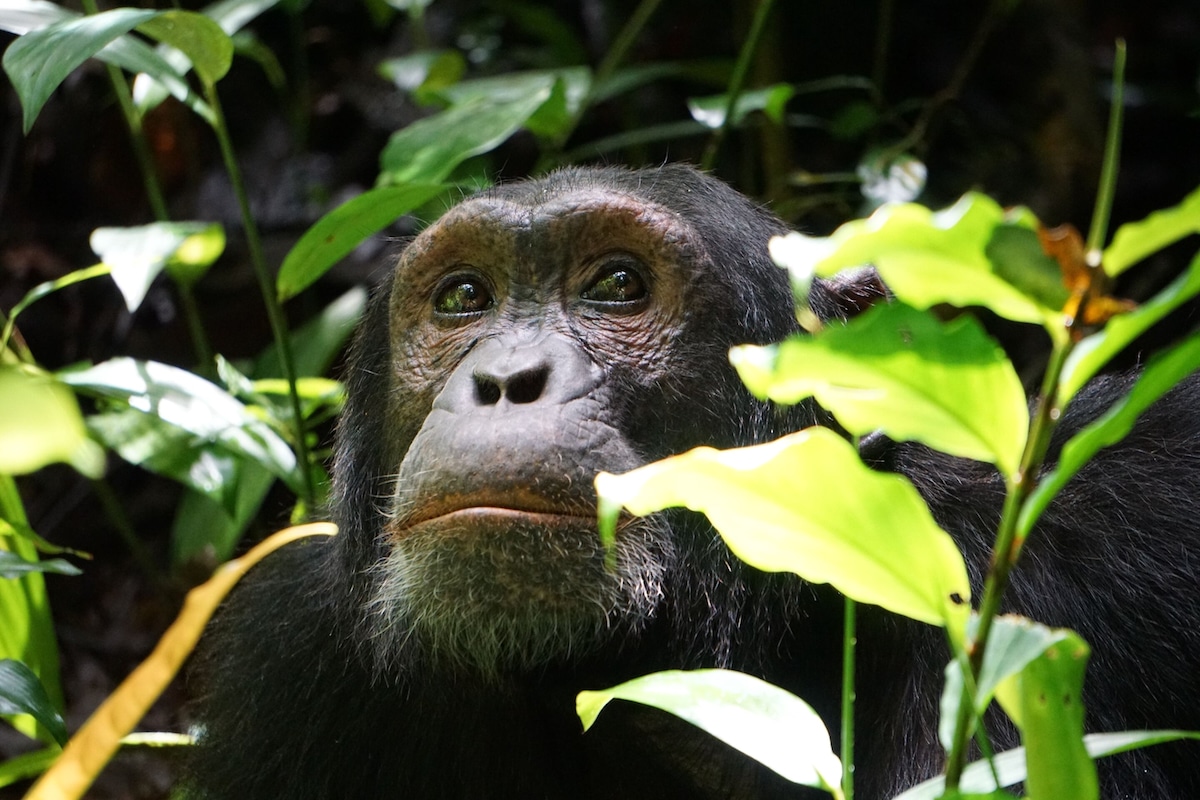The goal of conservation is to protect biodiversity and prevent species from disappearing. We often associate this work with the maintenance of natural areas, but Audubon’s science shows that bird populations are feeling impacts of climate change even in protected places like wildlife refuges. As just one example, Burrowing Owls are projected to lose 14% of their current range if the average global temperature increases by 3 degrees Celsius. Unless we can reduce pollution and slow the rate of warming, many bird species will face extinction due to factors like range loss and sea level rise.
That’s why climate action is conservation—and why clean energy is key to saving billions of birds. Rooftop solar and microgrids should be maximized as part of the transition, but utility-scale infrastructure is critical to reaching net zero emissions. As deployment ramps up, conservation groups can play a key role in making sure that infrastructure is planned with both wildlife and people in mind.
Audubon staff and chapters across the U.S. have been engaging on proposed wind, photovoltaic solar, and transmission projects to make sure that they avoid, minimize, and mitigate impacts on birds and the places they need. Guided by the best available science and mapping technology, we work with developers, wildlife agencies, and affected communities to identify potential impacts and ensure that developments can occur expeditiously in areas of least conflict. This work is also informed by our 2023 Birds and Transmission report, which lays out the need for a rapid expansion of transmission capacity to move renewable energy from high resource areas to population centers.
Community, conservation, and climate considerations should be factored into every step of the procurement and development process. This approach was first outlined in the Beyond Carbon-Free framework developed by Audubon, The Nature Conservancy, and LevelTen Energy in 2021. Now, it’s a guiding component of a recent landmark agreement to advance large-scale U.S. solar development while championing land conservation and supporting local community interests.
Here are just a few ways that conservation groups can get involved:
- Engage in “least conflict” planning processes that identify optimum siting for the most efficient and timely permitting.
- Partner with clean energy developers on research to better understand, avoid, and minimize impacts on wildlife of wind and solar energy.
- Submit comments on proposed projects as well as proposed rulemakings related to the permitting, funding, and deployment of transmission and clean energy infrastructure.
- Work with clean energy and transmission developers to implement responsible siting and operation practices.
- Advocate for early and continued consultation with Tribal Nations as well as state and federal wildlife agencies.
- Encourage coordination with any affected communities.
Local knowledge is critical, and every project has different considerations, but here are some of Audubon’s top line recommendations for development with the least impact on birds and the places they need today and tomorrow:
- Follow the mitigation hierarchy of avoid first, minimize second, and provide compensatory mitigation as a last step.
- Modernize and expand current transmission capacity via grid-enhancing technologies (GETs) such as dynamic line ratings, power flow controllers, storage, and reconductoring.
- Prioritize utilizing previously disturbed lands and existing right of ways where appropriate and in consultation with local affected communities.
- Avoid rare, unique, and sensitive high conservation value lands such as grasslands, intact sagebrush-steppe, native forests, and wetlands, with special attention to migratory pathways, wildlife corridors, and fragmentation of habitat.
- Avoid or minimize impacts to species and habitat in Audubon Important Bird Areas (IBAs) and identified wildlife management areas.
- Consult early, often, and meaningfully with Tribal Nations as well as State and Federal wildlife agencies, and coordinate with impacted communities.
- Ensure efficient permitting under the Endangered Species Act, Bald & Golden Eagle Protection Act, and Migratory Bird Treaty Act as necessary, along with any state wildlife permits.
- Site as close as possible to transmission interconnection to avoid long distribution lines to the grid (gen-tie lines) and roads.
- Build underground lines when feasible.
- Provide benefit agreements with affected communities, prioritizing tribes and environmental justice.
Thanks to a well-established and robust scientific knowledge base and ongoing research and development of new technologies, there are many ways to reduce risks to wildlife. There is no such thing as impact-free energy development, but we have seen positive results from working collaboratively to avoid, minimize, or offset those impacts through science-based solutions.
Together, we can make sure that wildlife conservation and clean energy development go hand in hand. Because climate action is conservation—and with it, we can protect the places and birds we hold dear.
This article by Palabras de Garry George was first published by Audubon on 29 July 2024. Lead Image: Burrowing Owls. Photo: Karen Bilgrai Cohen/Audubon Photography Awards.
What you can do
Help to save wildlife by donating as little as $1 – It only takes a minute.







Leave a Reply